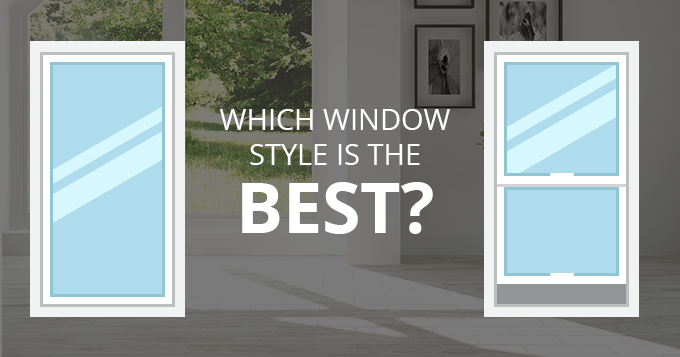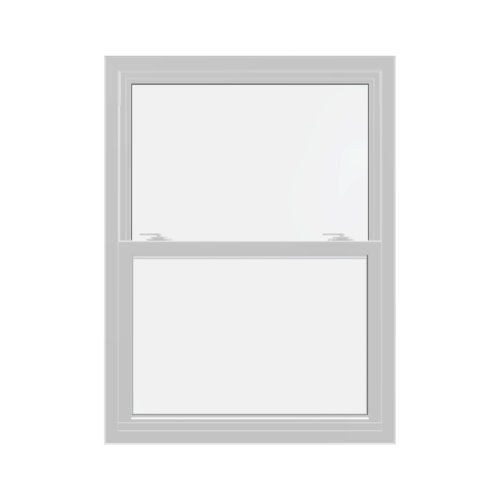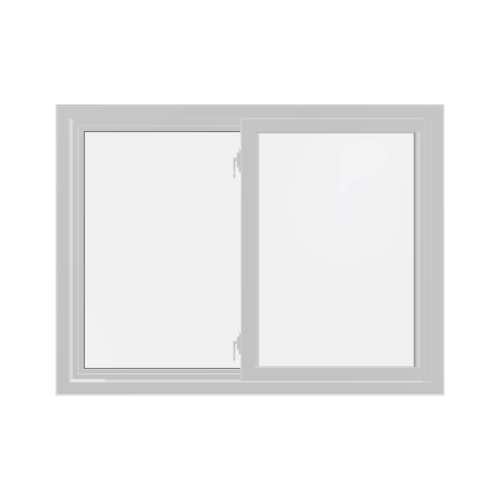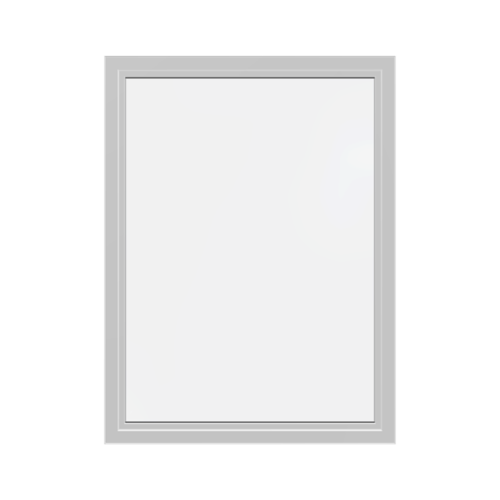 Updating. Please wait
Updating. Please wait
There are many things to consider when choosing windows, whether you are replacing existing windows, or looking to get windows for a new construction project.
Frame Materials, glazing options, and energy efficiency are all important things to consider - but before you even get to those goodies, you'll need to consider the basic operating style of your windows, and each operating style has its own set of pros and cons.
Many homes feature more than one style of window, but most designers will advise against mixing too many different styles in a single home to avoid creating a disjointed look.
If you're replacing a single window, you're more than likely going to want to replace it with the same style, but if you plan to do a large-scale replacement of multiple windows in your home, you may want to consider changing to other styles that may be better suited for you.
Common window styles
Here are some considerations for these popular window styles:
Casement Windows

Casement windows are those that crank open horizontally on hinges mounted on one side at the top and bottom. One side remains stationary, while the other side of the window pivots open like a door. They are very common windows, second only to double-hung windows in their popularity.
Uses
Casement windows have slightly more modern style than double-hung windows, and when properly positioned, they can be very useful for catching and directing cooling breezes into the home.
Pros
Cons
Hung Windows

Though you may not recognize its official name, this window style is probably the one you are most familiar with. Single and Double-hung windows feature two large sashes (frame units surrounding glass panels) that slide up and down within vertical tracks. In older styles, the sashes are counterbalanced by weights hidden in wall pockets behind the case mouldings, but in modern double-hung windows, it is more common for the sashes to be counterbalanced by springs hidden in the side tracks.
Uses
Hung windows are used most often in homes with classic traditional styling, though they are also found in traditional-modern homes. The classic rambler, farmhouse, and bungalow styles, for example, make extensive use of double-hung windows
Pros
Cons
Warning
Hung Windows can pose a hazard for children if mounted low in a wall due to the large opening when the bottom sash is open
Awning Windows

They are frequently used in low-level windows where intruders might be a problem, or in wet climates where you want to open windows even when it is raining. Small awning windows are often used in the basement or in below-grade applications.
Uses
Casement windows have slightly more modern style than double-hung windows, and when properly positioned, they can be very useful for catching and directing cooling breezes into the home.
Pros
Cons
Slider Windows

Slider windows are mechanically quite simple, consisting of side-by-side windows that slide horizontally along the top and bottom tracks. In some styles, both windows slide, while in other styles, one window is fixed while the other moves side to side.
Uses
Slider windows are popular in mid-century modern homes styles (they were popular in new construction during the 1950s and 60s). Sliders are a good choice when you need to constantly open and close windows.
Pros
Cons
Fixed Windows

A fixed window refers to any window that uses a glass pane fixed within a window frame that does not open or close. The classic picture window is the most familiar example of a fixed window, but there are other types. There are two types of Fixed windows, "High Fix" - which is the same window as the Casement window but is not operable, or a "Picture" window, which is the same but with a thinner frame.
Uses
Fixed windows are used to provide view or light where ventilation or egress is not a need.
Pros
Cons